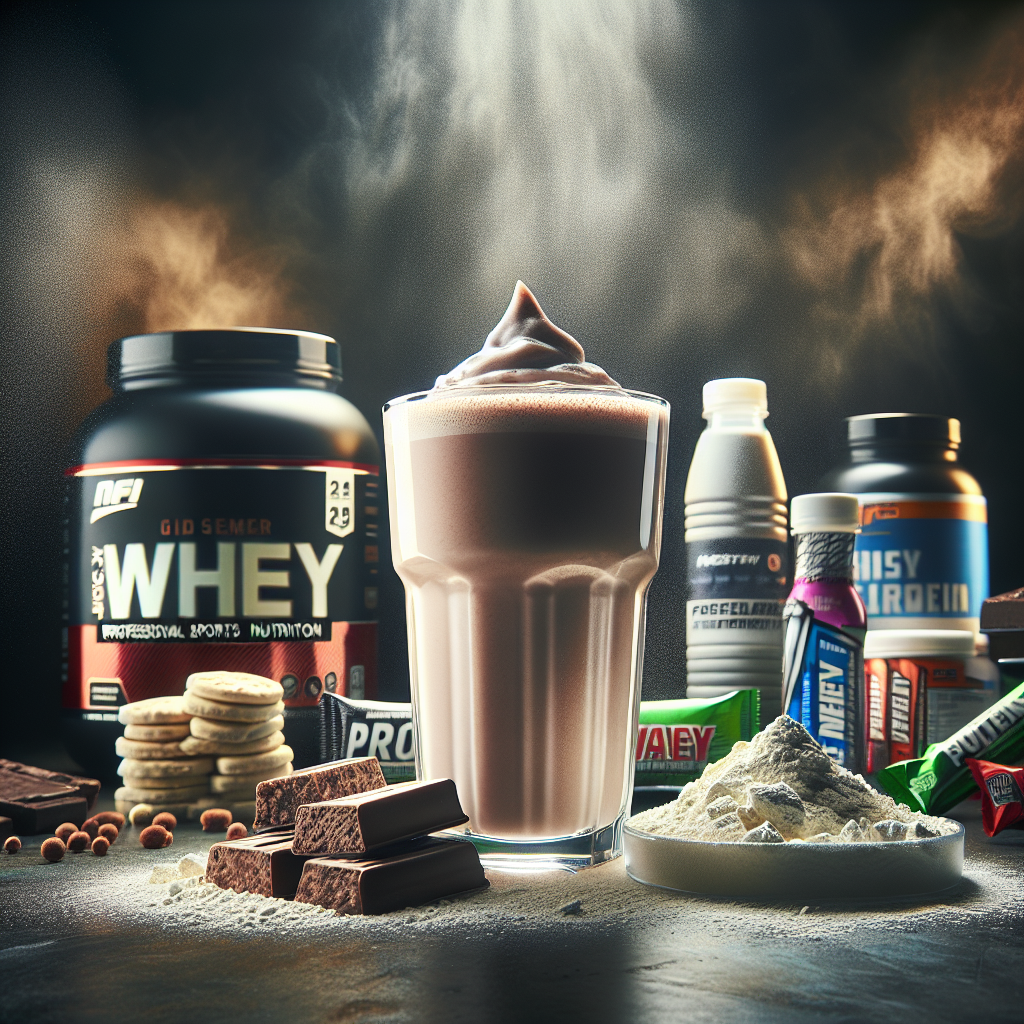In the competitive world of supplement manufacturing, what separates industry leaders from the rest often comes down to one critical document: the raw material specification. This seemingly mundane paperwork is actually a powerful tool that ensures product safety, guarantees quality, and protects manufacturers from costly ingredient fraud. As supplement recalls and regulatory scrutiny increase, having robust raw material specifications has never been more important.
At its core, a raw material specification is a comprehensive document that outlines the exact requirements and standards for each ingredient used in your supplements. Think of it as your ingredient’s ID card—detailing everything from its physical characteristics and chemical composition to acceptable testing methods and quality thresholds. For forward-thinking manufacturers, these specifications aren’t just regulatory checkboxes; they’re the foundation of product integrity.
“Well-crafted raw material specifications are often the difference between a thriving supplement business and one constantly battling quality issues,” notes a leading industry consultant. “They’re your first line of defense against adulteration and contamination.”
For companies like NutraAeon, a global nutritional ingredients partner, these specifications align perfectly with core values of quality, transparency, and manufacturer empowerment. By establishing clear standards for every ingredient that enters the supply chain, manufacturers can ensure consistency batch after batch while building consumer trust.
Creating Your Specification Template: The Foundation of Quality
A well-designed specification template is the foundation upon which product quality is built. Investing time in creating robust templates pays dividends through streamlined operations and consistent quality.
Developing effective raw material specifications begins with establishing clear procedures. The first step is creating a standardized template that ensures all critical information is captured consistently for every ingredient. This procedural approach eliminates guesswork and provides a systematic framework for your quality assurance team.
A well-designed raw material specification template typically includes:
- General ingredient information (name, synonyms, CAS number)
- Supplier information and contact details
- Physical and chemical properties
- Analytical testing methods and acceptance criteria
- Microbiological specifications
- Heavy metal limits
- Allergen status
- Storage requirements
- Documentation requirements (Certificates of Analysis, etc.)
By standardizing this format, manufacturers can quickly identify missing information and ensure compliance across their entire ingredient portfolio. This systematic approach to documentation supports full supply chain visibility—a principle that aligns with NutraAeon’s commitment to transparency from source to delivery.
“The companies saving thousands in production costs are those with meticulous specification systems,” explains a quality assurance director at a leading supplement manufacturer. “When you know exactly what you’re looking for, you avoid costly rejections and production delays.”
Key Considerations When Specifying Different Ingredient Types
Not all supplement ingredients are created equal, and your raw material specifications should reflect these differences. Different categories of ingredients require distinct specification parameters:
Vitamins
For vitamin ingredients, specifications should address:
- Potency (often expressed as IU or mg)
- Overage allowances (accounting for natural degradation)
- Form specificity (e.g., d-alpha tocopherol vs. dl-alpha tocopherol for Vitamin E)
- Solubility characteristics
- Stability data
Minerals
Mineral specifications require attention to:
- Elemental content
- Salt form (e.g., magnesium oxide vs. magnesium citrate)
- Heavy metal limits (particularly important for minerals)
- Particle size distribution (affecting dissolution rates)
Botanical Extracts
For botanicals, specifications become even more complex:
- Plant part used (root, leaf, fruit, etc.)
- Geographic origin
- Harvest conditions
- Extraction method
- Standardization to specific marker compounds
- Absence of pesticides and contaminants
Each ingredient type presents unique challenges, and specifications must be tailored accordingly. For instance, NutraAeon’s approach to quality control protocols for amino acids differs significantly from their testing requirements for botanical extracts, though both maintain the same rigorous standards.
The raw material specification should also clearly define acceptable ranges for key attributes like purity, potency, and physical characteristics. These ranges must balance regulatory requirements with practical manufacturing considerations. For example, a specification might require vitamin C content between 95-102% of label claim, accounting for both regulatory minimums and manufacturing variables.
Documentation and Traceability: The Backbone of Compliance
In today’s regulatory environment, having comprehensive documentation is non-negotiable. Your raw material specifications serve as the foundation for this documentation system, enabling traceability throughout the supply chain.
Each specification should require:
- Certificates of Analysis (CoA) with batch-specific test results
- Method validation documentation for analytical procedures
- Stability data supporting shelf-life claims
- Origin certificates for botanical ingredients
- Allergen statements and cross-contamination controls
These documentation requirements create an audit trail that proves due diligence—essential for both regulatory compliance and protection against liability. When FDA inspectors arrive (and they will), your specification system demonstrates your commitment to quality and safety.
“The companies that struggle during inspections are invariably those with incomplete or inconsistent raw material specifications,” notes a regulatory consultant. “When you can immediately produce a complete specification history for every ingredient in your facility, you’ve already won half the battle.”
This approach to documentation aligns perfectly with NutraAeon’s philosophy of transparency. By maintaining comprehensive records for every ingredient transaction, manufacturers create visibility throughout the supply chain—from original source to finished product.
Streamlining with Templates: The Efficiency Multiplier
Creating specifications from scratch for dozens or hundreds of ingredients would be prohibitively time-consuming. This is where specification templates become invaluable efficiency tools.
A well-designed raw material specification example template includes:
- Standardized formatting for consistent information presentation
- Pre-populated fields for common requirements
- Customizable sections for ingredient-specific parameters
- Reference to applicable regulatory standards
- Required approval signatures and revision control
By starting with a template, manufacturers can dramatically reduce the time required to develop new specifications while ensuring consistency across their ingredient portfolio. Many forward-thinking companies maintain separate template versions for different ingredient categories (vitamins, minerals, botanicals, etc.), allowing for category-specific customization while maintaining overall consistency.
This template approach empowers your technical team to focus their expertise on the critical quality parameters rather than document formatting. It’s precisely this kind of systematic efficiency that allows NutraAeon to maintain rigorous quality standards across their diverse product portfolio, from amino acids to vitamins and minerals.
Compliance and Certification: Meeting Market Demands
Beyond basic quality parameters, today’s consumers and retailers demand specific certifications. Your raw material specifications should address these requirements by documenting:
- Non-GMO status and verification
- Organic certification (if applicable)
- Allergen-free claims
- Vegan/vegetarian status
- Religious certifications (Kosher, Halal)
- Sustainability certifications
These certifications should be backed by appropriate documentation and verification methods within your specifications. For example, a non-GMO claim should reference appropriate testing methods or supplier certification programs.
“The certification landscape is constantly evolving,” says a supplement industry expert. “Your specification system must be flexible enough to incorporate new certification requirements as consumer preferences change.”
This approach aligns with NutraAeon’s mission to deliver premium nutritional ingredients that meet evolving consumer demands. By building certification requirements directly into raw material specifications, manufacturers can ensure their products remain aligned with market expectations.
Quality Control Measures: Verification at Every Stage
Effective quality control requires a systematic approach to verification at every stage of the supply chain. Your specifications provide the roadmap for this verification process.
A specification is only as good as the verification system behind it. Your raw material specification system should include clearly defined quality control measures at multiple stages:
Supplier Qualification
- Audit requirements for new suppliers
- Documentation of supplier quality systems
- Historical performance evaluation
Receiving Inspection
- Identity verification testing
- Visual inspection parameters
- Sample retention requirements
Laboratory Testing
- Required analytical methods
- Microbiological testing protocols
- Heavy metal and contaminant screening
Stability Monitoring
- Accelerated stability testing requirements
- Real-time stability monitoring
- Shelf-life verification
These verification steps ensure that the specifications aren’t just paperwork—they’re actively enforced standards. By implementing a comprehensive verification program, manufacturers can identify potential issues before they become costly problems.
This multi-layered approach to quality verification mirrors NutraAeon’s industry-leading testing protocols, which exceed USP and FDA expectations. By verifying quality at every stage, manufacturers can confidently deliver products that consistently meet their specifications.
The Bottom Line: ROI of Robust Specifications
The investment in developing comprehensive raw material specifications delivers measurable returns through improved operational efficiency and reduced quality incidents.
While developing comprehensive raw material specifications requires initial investment, the return is substantial. Manufacturers with robust specification systems report:
- 67% fewer batch rejections due to ingredient issues
- 45% reduction in quality-related production delays
- 83% faster response to potential quality concerns
- Significant reduction in regulatory compliance costs
Beyond these operational benefits, strong specifications protect brand reputation by preventing quality issues from reaching consumers. In an industry where trust is paramount, this protection is invaluable.
“The supplement manufacturers who thrive long-term are those who view specifications as investments rather than compliance costs,” observes an industry veteran. “They understand that quality isn’t expensive—it’s priceless.” Smart buyers know this industry secret.
Conclusion: Building Success Through Quality
In the supplement industry, success isn’t built on marketing claims or trendy ingredients—it’s built on a foundation of quality, transparency, and consistency. Robust raw material specifications are the cornerstone of this foundation, providing the structure and standards that enable excellence throughout the manufacturing process.
By developing comprehensive specifications for every ingredient, manufacturers create a quality system that protects consumers, satisfies regulators, and builds lasting brand value. From reducing operational costs to preventing costly recalls, these specifications deliver tangible business benefits while upholding the highest standards of product integrity.
As NutraAeon’s approach demonstrates, excellence in ingredient sourcing and specification begins with a commitment to quality that permeates every aspect of operations. By adopting this philosophy and implementing rigorous specification standards, supplement manufacturers can position themselves as industry leaders while delivering products that truly make a difference in consumers’ lives.


